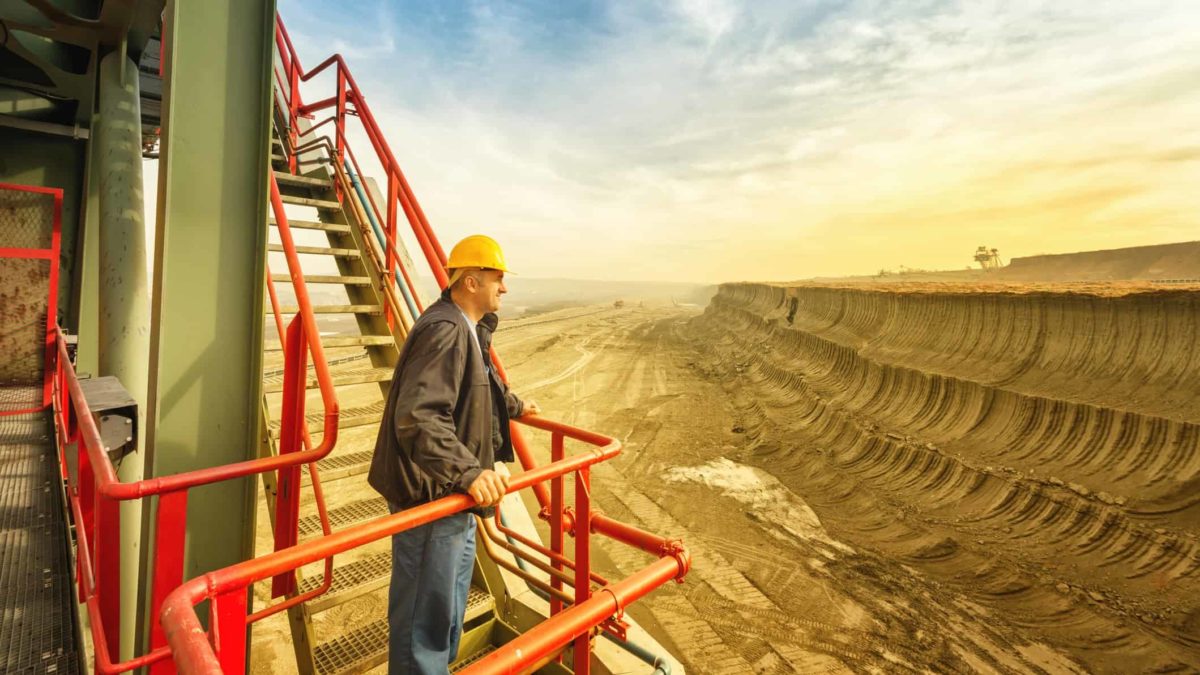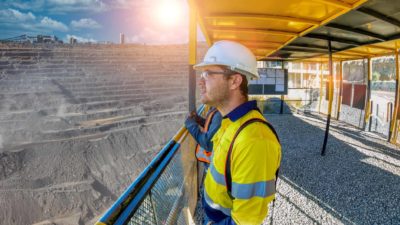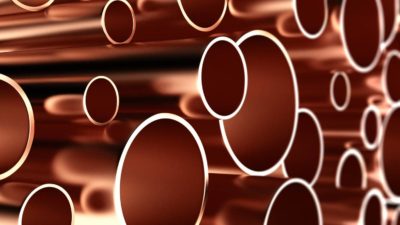Diversification of earnings in the future could be a real boost for the BHP Group Ltd (ASX: BHP) share price with the expansion into potash.
BHP already has exposure to multiple commodities including iron, copper, nickel and coal.
But, in the next few years, BHP is planning to unlock another stream of earnings by growing into a different commodity sector – fertilisers.
What is potash?
The ASX mining share describes it as a "potassium-rich salt used mainly as fertiliser to improve the quality and yield of agricultural production."
It said that potash fertilisers are a critical source of the potassium that crops need to grow. Potash strengthens the plants, helps them move water and sugar, and defends them against disease.
BHP also explained that potash and derivative chemicals are used in a variety of applications, including "glass manufacture, oil & gas drilling, aluminium recycling, water softening, fireworks and many more."
What's the appeal of potash?
More than 70% of global potassium chloride capacity is based on conventional underground mining which is the intended process for BHP's Jansen potash project. Mining is what BHP does and it seems to be one of the best in the world with its long-term successes and low operating costs.
BHP thinks that potash demand could double by the late 2040s when it could be a US$50 billion market, partly thanks to the global population rising close to 10 billion by 2050.
The ASX mining share's research suggests that there could be a rising calorific intake that involves more varied diets. BHP is projecting that food demand will increase by 50% and "sustainable increases in crop yields will be crucial if we are to continue to feed the world."
BHP pointed out that in many parts of the world, "potassium is being removed from the soil faster than it is being replenished." This suggests there's an essential global need for potash.
The company has said that potash could see reliable base demand with "attractive long-term fundamentals and differentiated demand drivers." It noted that the potash price doesn't have much correlation to the iron ore price, which could smooth BHP's earnings through economic cycles.
Potash reportedly has lower emissions than other types of fertiliser, so it's "positively leveraged" to decarbonisation.
How could Jansen help the BHP share price?
The ASX mining share reminded investors in its most recent quarterly update for the three months to 31 March 2023 that it has approved US$5.7 billion of capital expenditure for stage one of Jansen, with an initial production target date for the end of 2026.
The goal is to have the capacity to produce 4.35 million tonnes of potash per annum, while the feasibility study for Jansen stage two continues to progress and is reportedly on track to be completed during FY24.
The Jansen project could have a 100-year life, meaning it could generate earnings for the long term for the business.
BHP has said that Jansen will use less equipment, have a larger capacity, have lower costs and be more automated than other potash mines. This is expected to mean that Jansen is one of the lowest-cost potash producers in the world when it's completed.
In August 2021, BHP suggest that Jansen could earn an internal rate of return (IRR) of 12% to 14%, with an expected payback period of "seven years from first production". It also suggested that the underlying earnings before interest, tax, depreciation and amortisation (EBITDA) margin could be approximately 70% because of its expected cost position.
If the ASX mining share can achieve those numbers, then potash could be very useful for the BHP share price as a way to diversify, defend and grow the profit.









